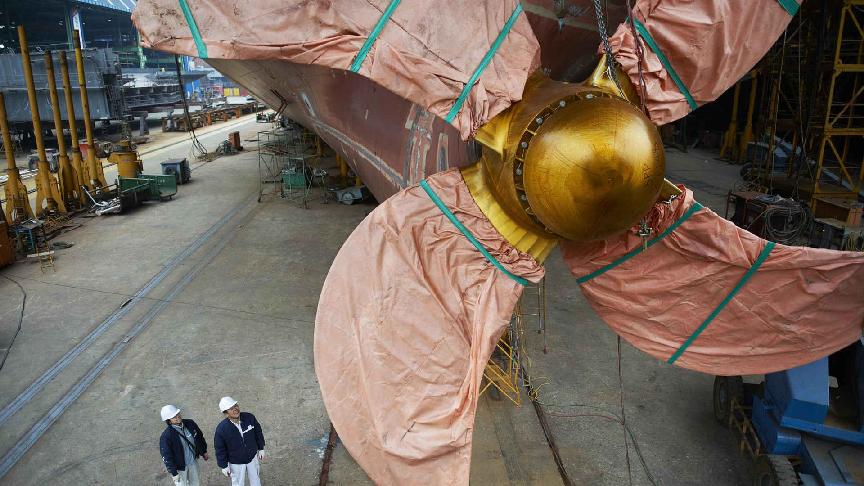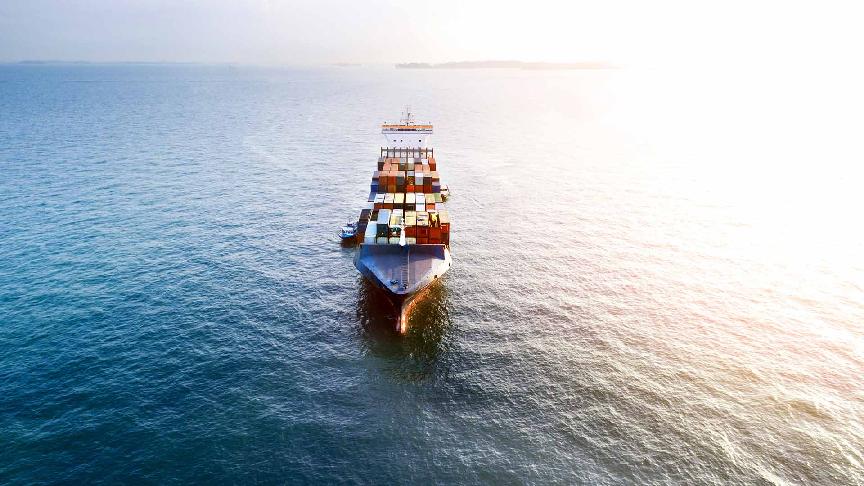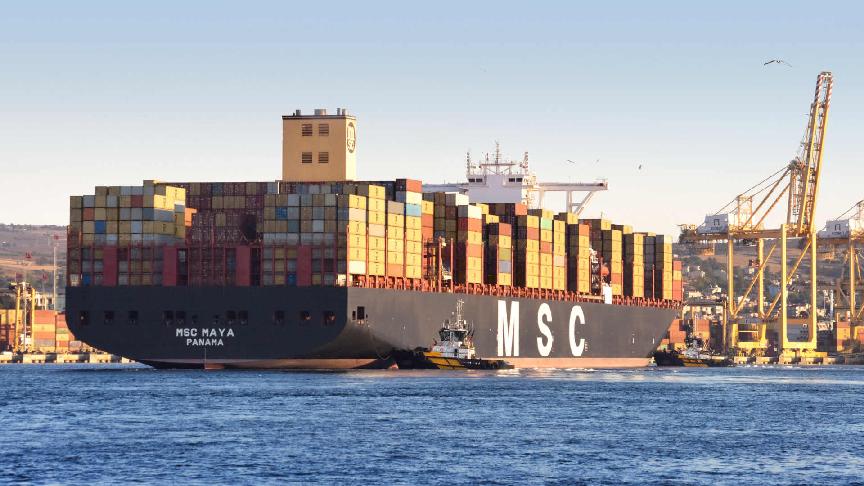23 October 2023 (Lloyd's Lis) - CARRIERS face waiting until 2028 before the current overcapacity in the market is absorbed by demand.
“The influx of new vessels is worsening market conditions for carriers,” said Sea-Intelligence chief executive Alan Murphy.
“Looking at the most positive, reasonable expectations for global demand growth in the coming years, the current overcapacity will only be absorbed by 2028.”
The market was heading into a “traditional downcycle”, with significant excess tonnage being delivered in 2023 and 2024.
BIMCO forecasts deliveries of 2.4m teu, 2.9m teu, and 1.9m teu in 2023, 2024 and 2025, respectively.
How soon that capacity is absorbed will, of course, depend on how fast demand grows.
“An unreasonably optimistic approach to forecasting future container demand growth would be to assume that we would somehow magically return to the 8%-10% global growth seen during the 1990s and 2000s before the global financial crisis, but there are no reasonable arguments for why that should be the case,” Murphy said.
That period had seen the boom of manufacturing outsourcing, combined with strong economic fundamentals, propelling container shipping up to the vertical part of an S-curve.
“Few, if any, reasonable economists would predict that we are heading into an economic boom in the coming years, nor is there any serious expectation that we should see a significant increase in outsourcing activity in the coming decade; rather the notion of increased near-sourcing seems to be gaining steam,” Murphy said.
Demand was more likely to settle on the 2011-2019 average container volume growth rate of 3.8%.
The other side of the equation is what new tonnage carriers order beyond that which is already in the orderbook.
“If we are to assume a reasonable degree of reasonable carrier behaviour, if would be prudent to look from 2016 onwards, where a more modest approach to vessel ordering had settled in,” Murphy said. Under this scenario, capacity growth may fall back to 1.3% after 2026.
“In this most positive of reasonable scenarios, we are likely to only get back to 2019 levels of supply and demand balance sometime in 2028,” Murphy said.
“This would imply an eight-year span, which is in essence the same as the cycle from the financial crisis, until balance was again restored in 2017. The worst of the overcapacity will be seen in 2024, and by 2026, a third of the overcapacity will have been absorbed.”
External factors could improve the situation before then. But these would require either another pandemic-style event that saw congestion increase, or regulation requiring the removal of older tonnage.
The only options directly within the carriers’ control would be a hard stop on any further ordering for deliveries beyond 2026 or a concerted effort to scrap or lay up older vessels.
“But given their overflowing cash reserves from the pandemic, we expect carriers to once again be their own worst enemies, and not make the hard cuts they were forced to make in 2009,” Murphy said.
Moreover, this cash reserve could entice carriers to continue ordering at higher than expected rates beyond 2026. Shorter supply chains from near sourcing could also drive capacity increases and global growth could come in below that forecast.
“All of the factors put the positive scenario under considerable strain, and any of them could push the 2019-level balance out to at least 2030 or beyond,” Murphy said.
“This is why the positive scenario is not our base case scenario. How the future supply and demand balance will unfold depend on which assumptions are met, but it will be incredibly difficult for the carriers to reach 2019 balance by 2028.”






